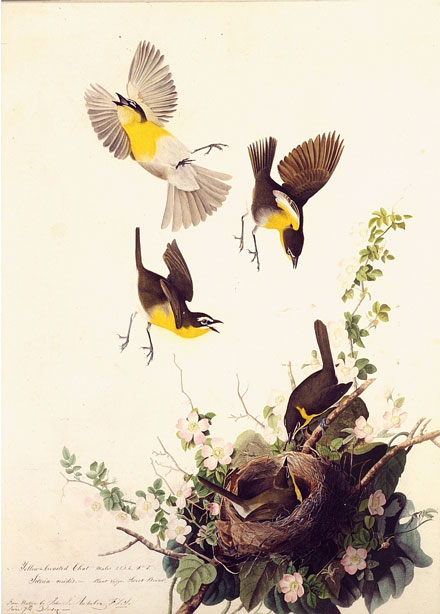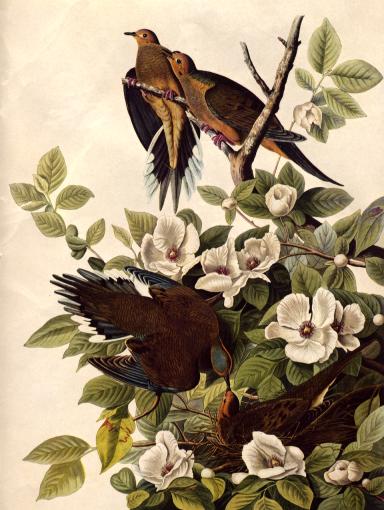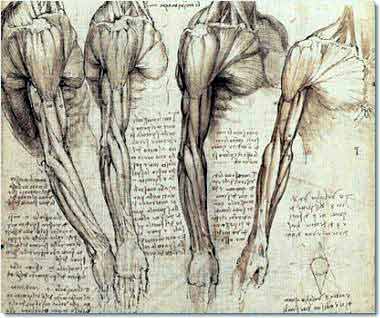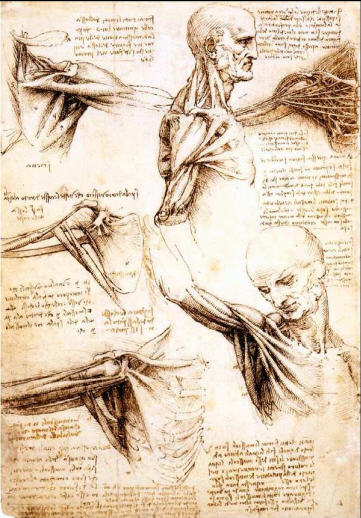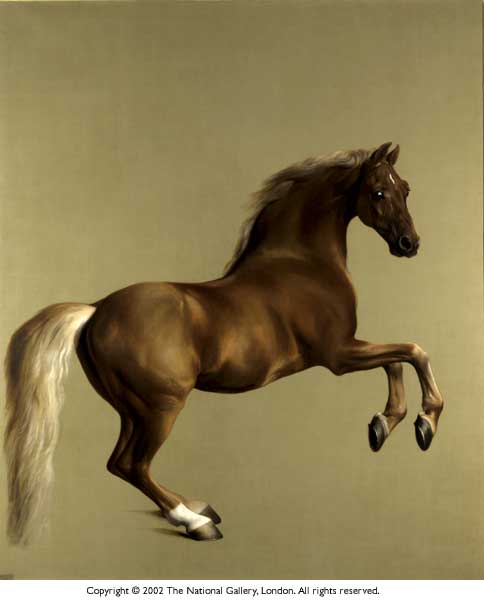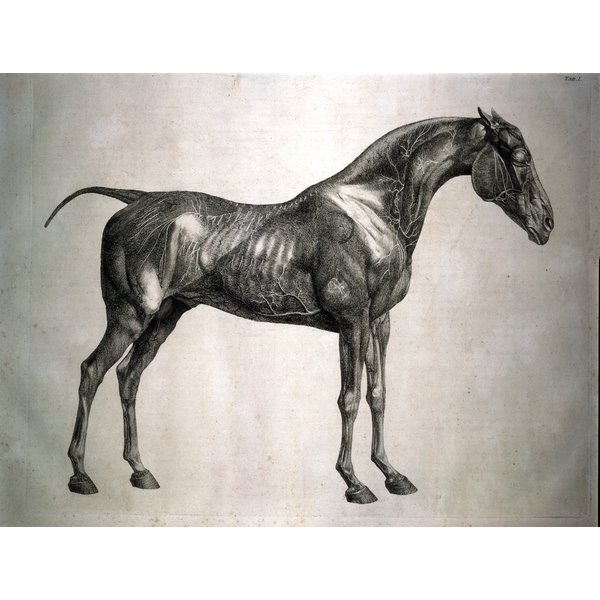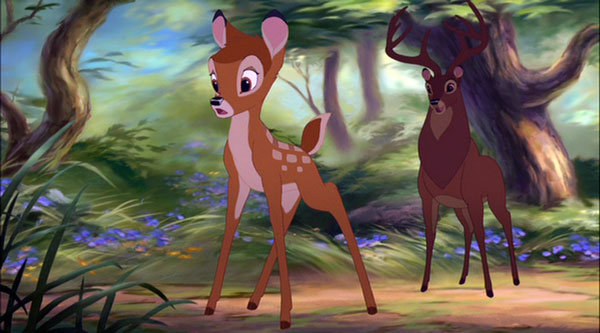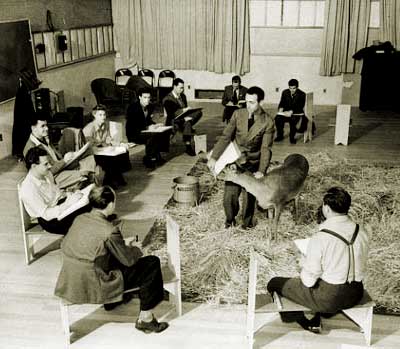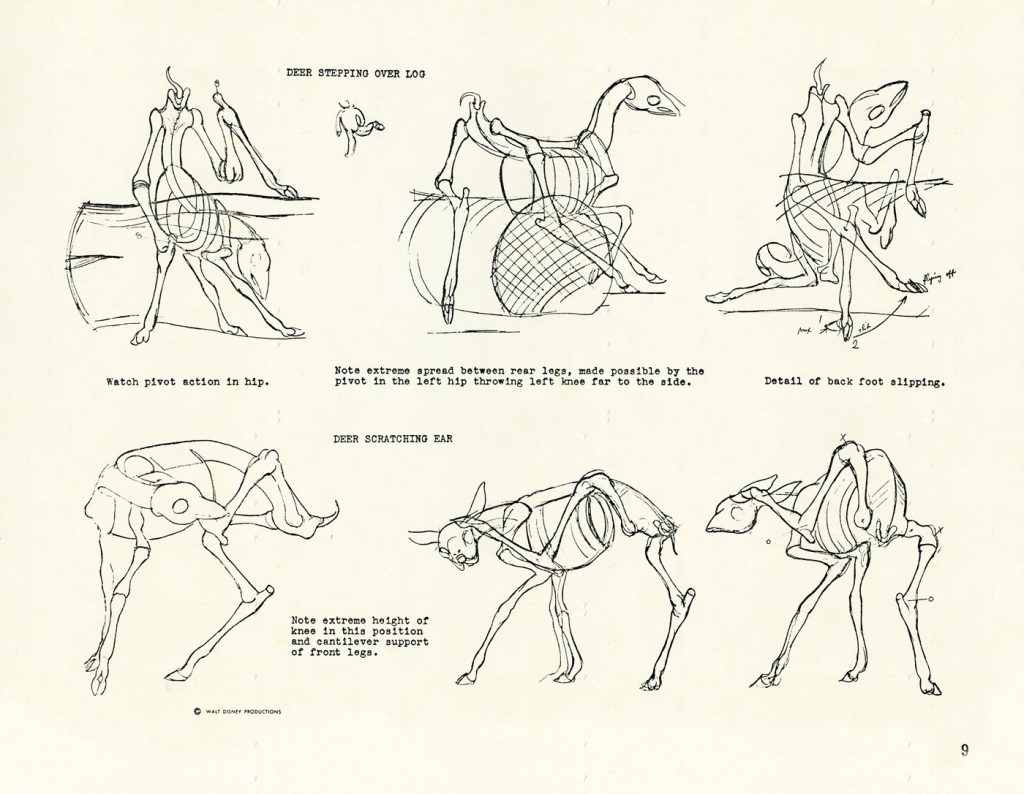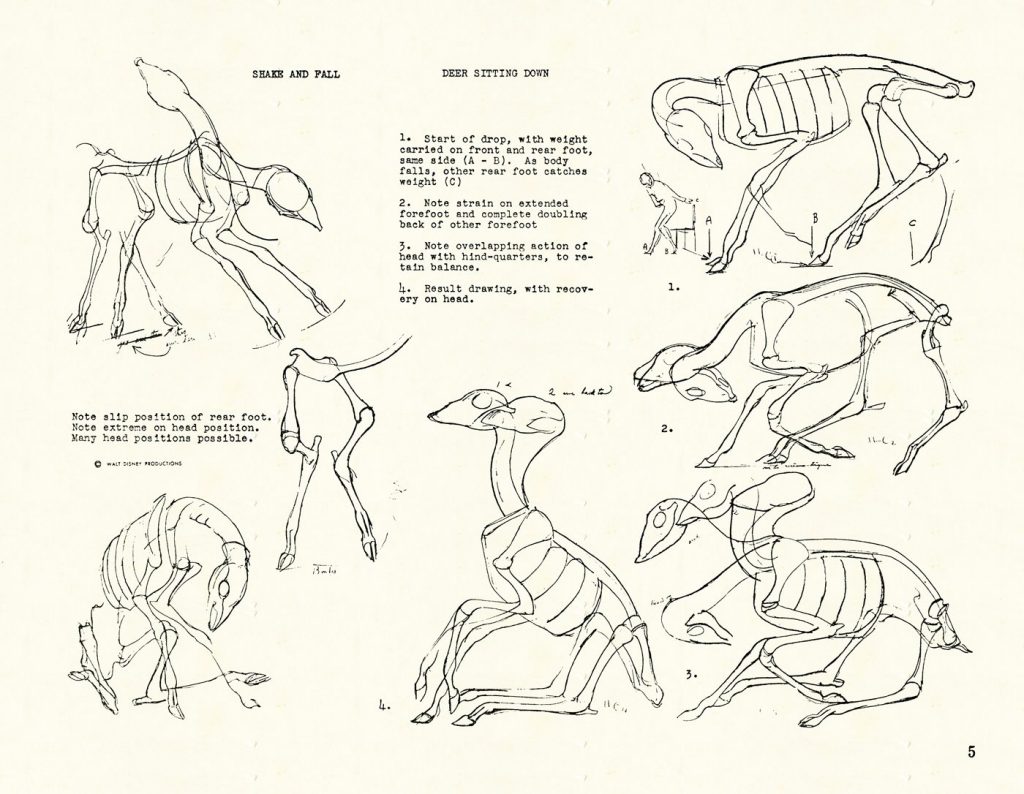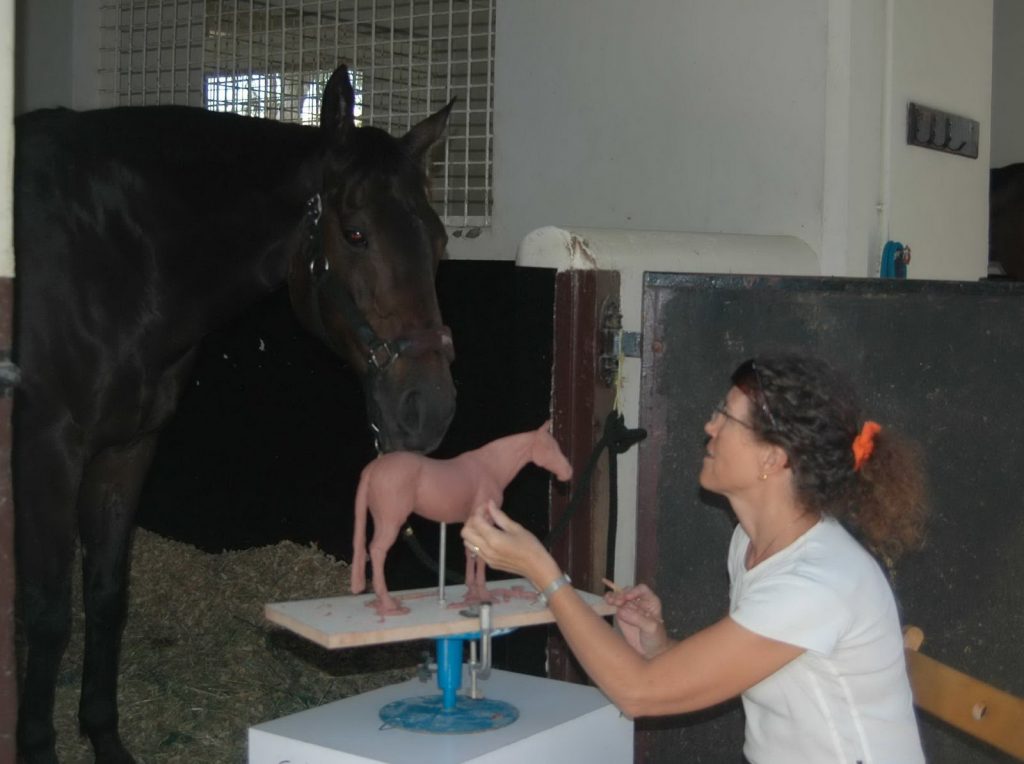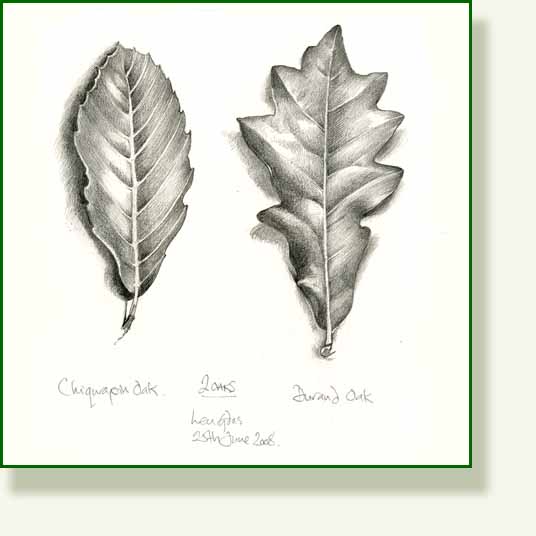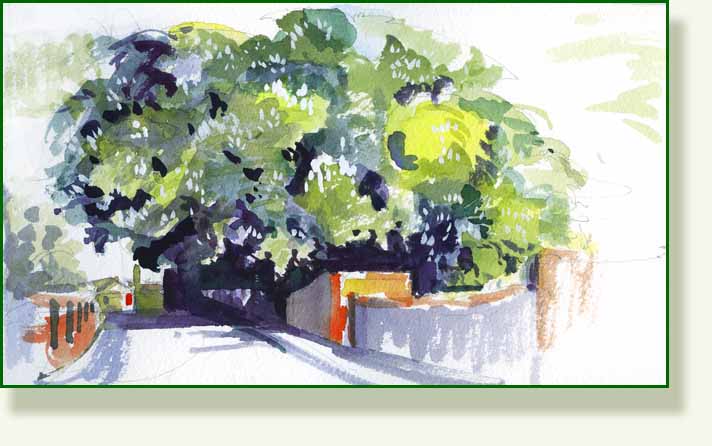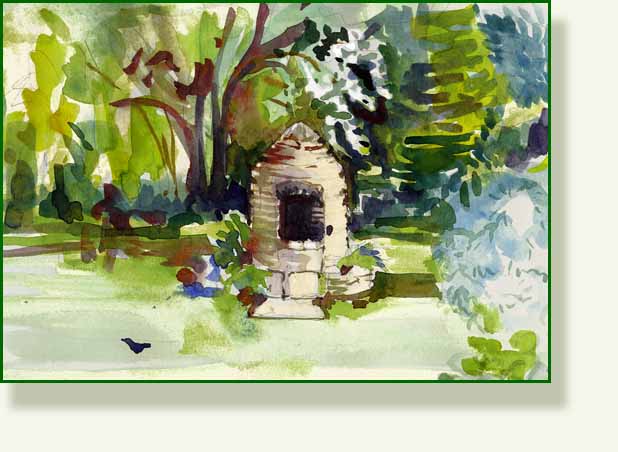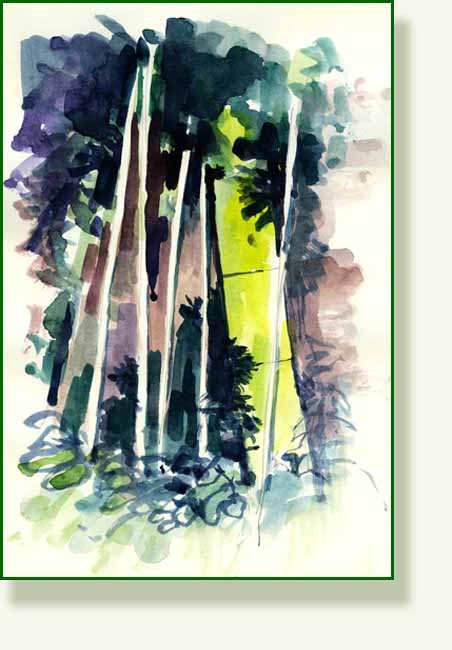The other day I was out on my bike and I saw a dead squirrel, just lying in the road as if asleep, no apparent marks at all. If I had been an artist worth my salt, I would have picked it up, taken it home and popped it into the freezer, so that I could make a careful study of it later, just as I do with the leaves and pods. A long time ago I knew a very gentile and elderly lady whose freezer was full of defunct sparrows, mice and other small animal casualties which she delighted in painting. ” I like to get right down to the details, dear ” she told me.
I have to admit to being a bit squeamish and sentimental and don’t, right at this moment, need a squirrel dead or alive. If I did, I would try to do without a dead one but it is a indisputable fact that if you want to draw or paint something really well you need to have some personal experience of it, touch, smell and sound all feed into the artist’s equation, especially touch. How can you try to convey the softness of fur, or feathers if you have never felt it.
So this really follows on from Sundays post about using photographs to work from. Photos are really a last resort, but would I be prepared to kill something and dissect it for my art? Hmm..
Audubon
For the last few weeks I been reading John James Audubon’s fascinating biography. Since my very early college days I have been a huge fan of his work but knew very little about him. His great success in painting such life like birds was that he drew from life… and from death. He has come in for some criticism for shooting the birds he painted,(he did shoot a lot of birds) but times were very different in 19th century frontier America. He would be making good use of some of his dead models by eating them too.
Other artists at the time would use stuffed models to work from but Audubon devised a way of propping his birds with wires so that they assumed more natural and animated positions. It was a combination of his keen observation of the birds in the wild and these very up close and personal encounters including dissections, that makes his work so vivid.

This is one of his original paintings “the Yellow Breasted Chat” .There is a rare chance to see some of them from February 13 through April 5, 2009 at the New York Historical Society see more here

and a print of the Carolina Pigeon from New World Encyclopedia here
Leonardo da Vinci studied the structure and function of the human body in depth through observation and careful dissection. He completed approximately 30 dissections in his lifetime. Curiously at the time it seems that dissection for artistic purposes was more acceptable than for medical purposes.



Stubbs.
The wonderful painter George Stubbs is another great favourite of mine. How did he paint beautiful horses like this?

Because he also drew these….


Stubbs worked hard to acquire this knowledge. Keen to really understand the working of a horse he set about making a series of anatomical studies par excellence. I remember reading that he hauled the carcasses of the dead horses upstairs to his studio.
“He dissected the horse himself, with the aid of Mary Spencer, his partner, in an isolated Lincolnshire farmhouse. As he stripped away the muscles, he made detailed drawings of what he saw. Then, in London, he showed the drawings to engravers experienced in anatomical subjects. They found them difficult to interpret, so Stubbs decided to make the engravings himself. The difficulty that he faced was to show clearly the different textures of vein, muscle and bone using a medium that is essentially ‘linear’. He succeeded so well that for over a century the book was the principal guide for veterinarians as well as painters. It also shows the incredible knowledge of his subject that stands at the core of his practice as a painter”
Info and images from the British Museum here
We admire the work so much, but are we repelled by the means of acquiring the knowledge and the skill?
Disney
Come the 20th Century, artists had the legacy of wonderful anatomical engravings of the artist dissectors of the past to refer to, plus photography and film. But there is still nothing like the real thing. The early Disney artists, with characteristic attention to detail, needed to study movement as well as structure for the delightful “Bambi”

Animals were brought into the studio for painting classes.

“At the start of Disney’s production of Bambi, Rico LeBrun, an established Italian artist, who was teaching at Chouinard Institute, was employed to help teach the studio’s artists to learn how to draw animals. He created some intense classes where animators concentrated on the anatomy of deer and other animals. The story goes that LeBrun went so far as to cut open a deer’s corpse and slowly peel away parts of the animal for drawing and study. Over days, as the smell grew more putrid, fewer and fewer people attended”


LeBrun prepared a book of some 40 or so pages of the skeletal system of deer for the artists to use as reference in learning to manipulate the animal characters. His art was copied onto animation paper with typed notes added. “
This quote, the photos and drawings and much much more are from the excellent Michael Sporn’s general animation site here. I could spend weeks here just admiring the skills of these astonishing artists.
But children don’t despair, Disney didn’t dissect Dopey.. as far as we know …
Now
A good artist these days will still always try to find the real thing, at least for preliminary work. How they then chose to go on to stylise, or abstract is up to them. See my post on “Where To Go After Drawing here
Those who are looking for absolute accuracy really need the personal experience. Here is my good friend Carolyn Morton who sculpts horses, dogs and cat etc from life, using photos and video only as backup reference.


As far as I know she has not yet had to resort to sharpening the dissecting knives but does need to see the real thing, especially when working in 3 dimensions. I admire her dedication. Having the clay in the stable along with dust, shavings and the odd incontinent model does not make her job easy, but is much more satisfactory for both her and her client.
So the dilemma…
As an artist I fully understand the desire to know everything I can about what I am drawing, and yes, I think I would work from skins, if I were to be commissioned to paint some very realistic birds. Maybe I will pick up the next poor little dead squirrel and immortalise it as best I can. So far the only dead wildlife I have on the nature table are two dragonflies which had drowned in the pool last year. Ant is still skipping about full of joi de vivre. As I am typing he is negotiating the edge of my computer screen. If he does turn up his toes it will either my clumsiness, poor eyesight or his old age rather than my desire to draw him. I am struggling with enough fine detail!!
Time and Money
One big issue for todays artist, especially if working for a paid commission is time and money. These days art has become so terribly undervalued that few clients are willing to pay for research and development time or the care, and attention to detail, that most artists would like to give to their work. Many will be quick to point out that Fido’s left ear is not at quite the right angle but reluctant to pay for you to actually take the time to see the dog, expecting a first class detailed painting for $50 from a blurry photograph.
Nor do many people appreciate that the underlying knowledge and skill required to make a simple beautiful sketch is far in excess of copying a photograph. Many sketches are far more eloquent than laboured detailed paintings. Do people feel that if something is done quickly they have been cheated? When I have sometimes done a sketch demo for a class some have said how lovely it must be to be able to do something so quickly. I have to gently point out, that to do that sketch has taken me years and years and thousands and thousands of hours of practise and study, of trial and error, of tears and false starts, of frustration and despair, with just enough tiny sparks of realisation and progress to keep me going… but I can’t seem to stop. Why? It’s something to do with the need to improve, to see more and to understand more.
Hokusai’s wise observations about being an artist say it all for me, and give me hope..
“From the age of six I had a mania for drawing the shapes of things. When I was 50 I had published a universe of designs. But all I have done before the age of 70 is not worth bothering with. At 75 I’ll have learned something of the pattern of nature, of animals, of plants, of trees, birds, fish, and insects. When I am 80 you will see real progress. At 90 I shall have cut my way deeply into the mystery of life itself. At one hundred I shall be a marvelous artist. At 110 everything I create; a dot, a line, will jump to life as never before. To all of you who are going to live as long as I do, I promise to keep my word. I am writing this in my old age. I used to call myself Hokusai, but today I sign myself ‘The Old Man Mad About Drawing”.
Sadly he never achieved 90 but died on May 10, 1849 at the age of 89. He said this shortly before his death..
“If heaven gives me ten more years, or an extension of even five years, I shall surely become a true artist.”

